Blog
How Do Fake Fall Flowers Compare to Real Flowers in Terms of Environmental Impact for Catering Businesses?
Fake Fall Flowers
Businesses are looking for ways to minimise their environmental impact yet still offer excellent services and attractive décor as sustainability grows in relevance in the catering and event planning sectors. The usage of flowers for event decorating is one of the areas that has attracted notice. Popular alternatives for seasonal décor are both real and imitation fall flowers, but their environmental effect is somewhat different.
Considering elements including water use, carbon footprint, waste generation, and reusability, we will explore in this article how artificial fall flowers measure against genuine flowers in terms of environmental effect for catering companies. We will also go over the advantages and drawbacks of each as well as how catering companies may choose more ecologically friendly flower décor.
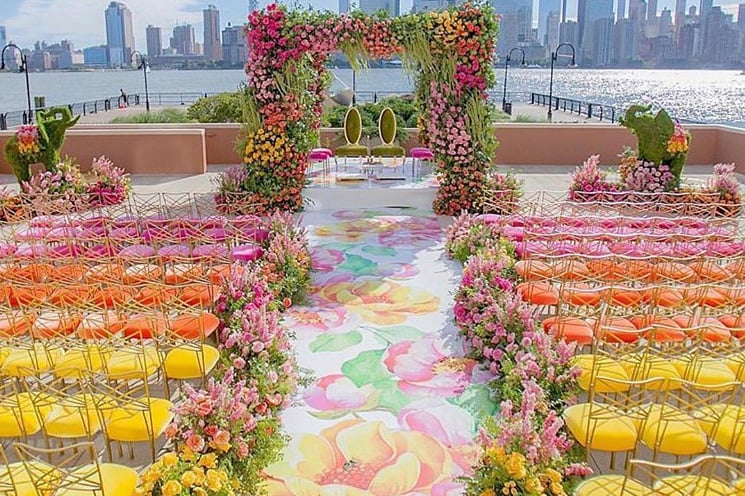
The Environmental Cost of Actual Flowers: Carbon Footprint
Usually imported from nations with ideal growth conditions, such Colombia, Kenya, or Ecuador, real flowers—especially those used for events and catering—usually come from far-off sources. Growing, harvesting, and delivering these flowers causes notable carbon emissions.
Transportation: To fit the strict schedules of the event business, flowers typically must be flown. Among the most carbon-intensive kind of travel is air.
Energy for Growing: To bloom year-round, flower farms sometimes need energy-intensive greenhouse settings depending on the area. Flowers need energy for irrigation systems and temperature control even when they are cultivated outside.
Actually, studies reveal that the transportation of flowers to the United States by itself has a significant carbon imprint. For catering companies trying to minimize their impact on the surroundings, this is quite important.
Harvard University’s “The Greenhouse Gas Footprint of Flowers” source 2020 Water Demand
The business of flowers is well-known for its high water use. Especially in desert areas or during peak growing seasons, flower farms utilize enormous volumes of water to irrigate crops.
The worldwide flower business is thought to consume 2.5 billion liters of water daily; some nations rely on unsustainable methods to satisfy the water demand of floral businesses. This degree of water demand strains local resources more especially.
Original source: The Guardian, 2021
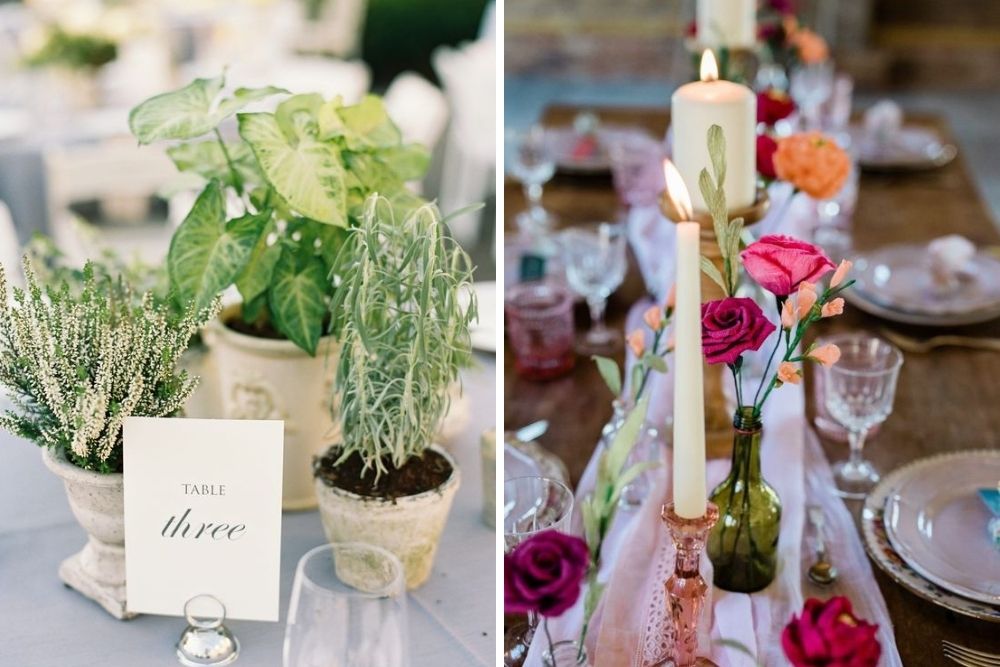
1.Chemicals & Pesticides
Real flowers also raise issues with the usage of fertilizers and pesticides, which might have negative consequences on the surroundings. Many flowers grown for the event business are chemically treated to guarantee they look flawless upon arrival at their intended use.
Impact: Local ecosystems and wildlife can be harmed by the chemicals’ runoff contaminating soil and water supplies.
source: 2020 U.S. Environmental Protection Agency (EPA)
- Fake Fall Flower Benefits
Little Resource Consumption
By contrast, synthetic fall flowers—often composed of plastic, silk, or fabric—need significantly less natural resources to create. Although their manufacturing could include energy consumption, it does not call for the use of fertilizers, pesticides, or water—commonly used in the growth of actual flowers.
Fake flowers do not need continuous water supplies, which can be a big saving particularly in places where water is limited.
Fake flower manufacture does not call for the use of chemicals that can damage the environment, so they are a safer choice in terms of pollution.
Source: 2022’s Sustainable Design Handbook
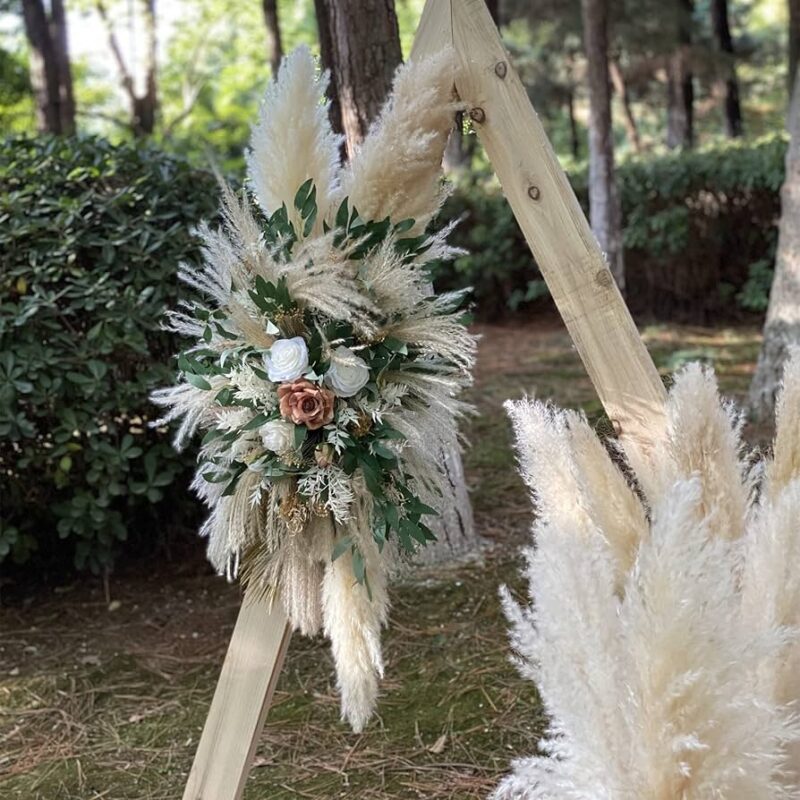
Reusibility and Durability
Fake fall flowers are among its main environmental benefits their longevity. Fake flowers can be used for several events or seasons unlike natural ones, which usually last just a few days. Along with saving money, this greatly lessens waste.
Fake flowers are more sustainable for companies that routinely hold events since they can be kept and utilized for many years.
Real flowers, especially following a one-time event, are sometimes thrown away without thought. This helps to explain the yearly enormous flower waste produced. Conversely, fake flowers create minimal to none waste once they are used.
Source: Trend in Eco-Design, 2021

Obstacles in Recycling
Although they are constructed from sturdy materials that can last for years, imitation flowers are typically created from plastics, which can be challenging to recycle. To help with some of the trash, some companies are now concentrating on upcycling or reusing fake flowers for upcoming events.
Many event planners are discovering innovative ways to use synthetic flowers for various events, therefore giving them a second life and lowering their total environmental effect.
Source: Sustainable Events Report 2022
- Generating Waste: Floral Waste
Floral Waste Using Real Flowers: The Problem
Real flowers create a lot of trash, especially for transient events like business meetings or weddings. Many times thrown after the occasion, these flowers end up in landfills. Studies indicate that the floral business generates around 1.6 million tons of garbage annually, most of which may be ascribed to floral arrangements connected to events.
Apart from the flowers themselves, the packaging—such as foam or plastic wrap used in transportation—can contribute to the waste issue.
Source:2020 National Floral Waste Survey
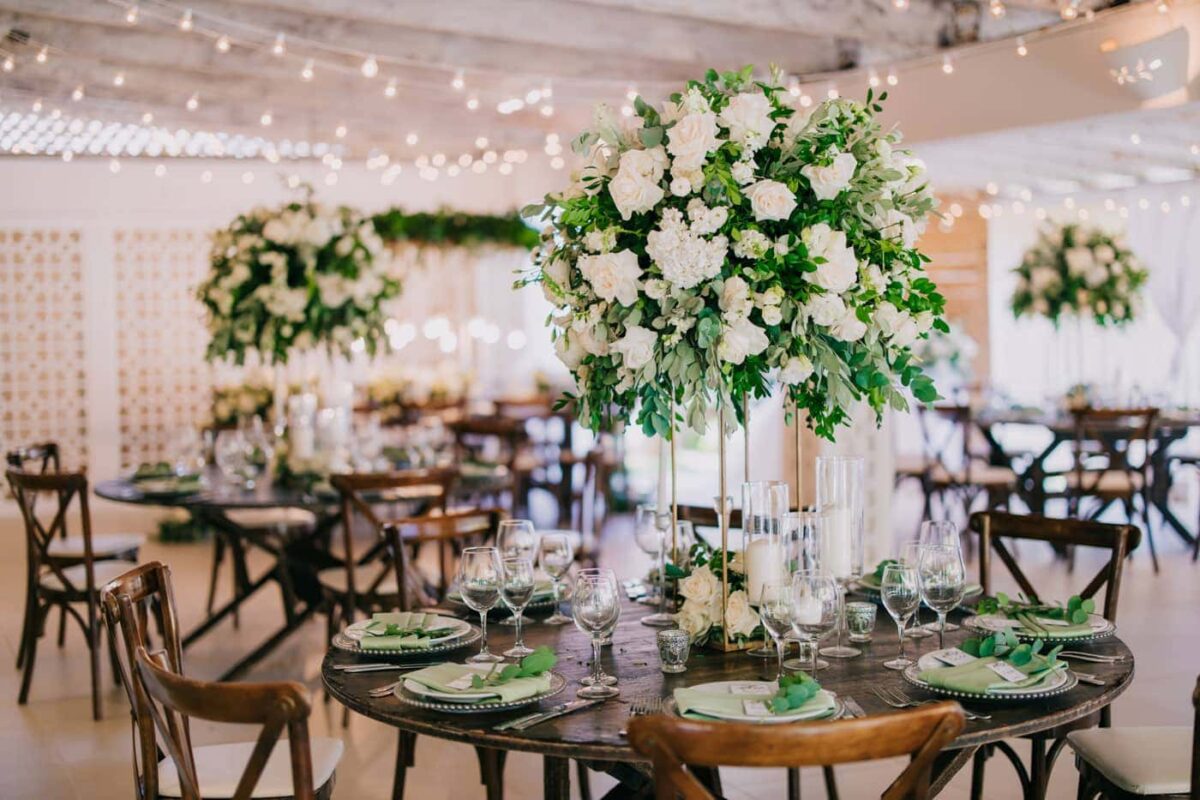
Fake Fall Flowers Artificial Flowers and Minimal Waste
Conversely, although composed of synthetic materials, imitation flowers are sometimes more robust and reusable several times. This lessens the frequency of disposal, a main problem with actual flowers. Businesses must be aware of the material they choose for imitation flowers, though, so as to guarantee they are not unnecessarily adding to long-term plastic waste.
While synthetic materials used in imitation flowers are not always biodegradable and inappropriate disposal can cause plastic accumulation in landfills, they can help to minimize temporary waste.
Journal: Environmental Science and Technology, 2021
- Sustainability Factors for Catering Companies
Choosing Correct Course for Sustainability
Selecting genuine or fake flowers for catering companies trying to lessen their environmental impact means considering the advantages and drawbacks of both. Reusing fake flowers could be the most environmentally friendly way a company reduces its effect on waste generation, carbon emissions, and water use.
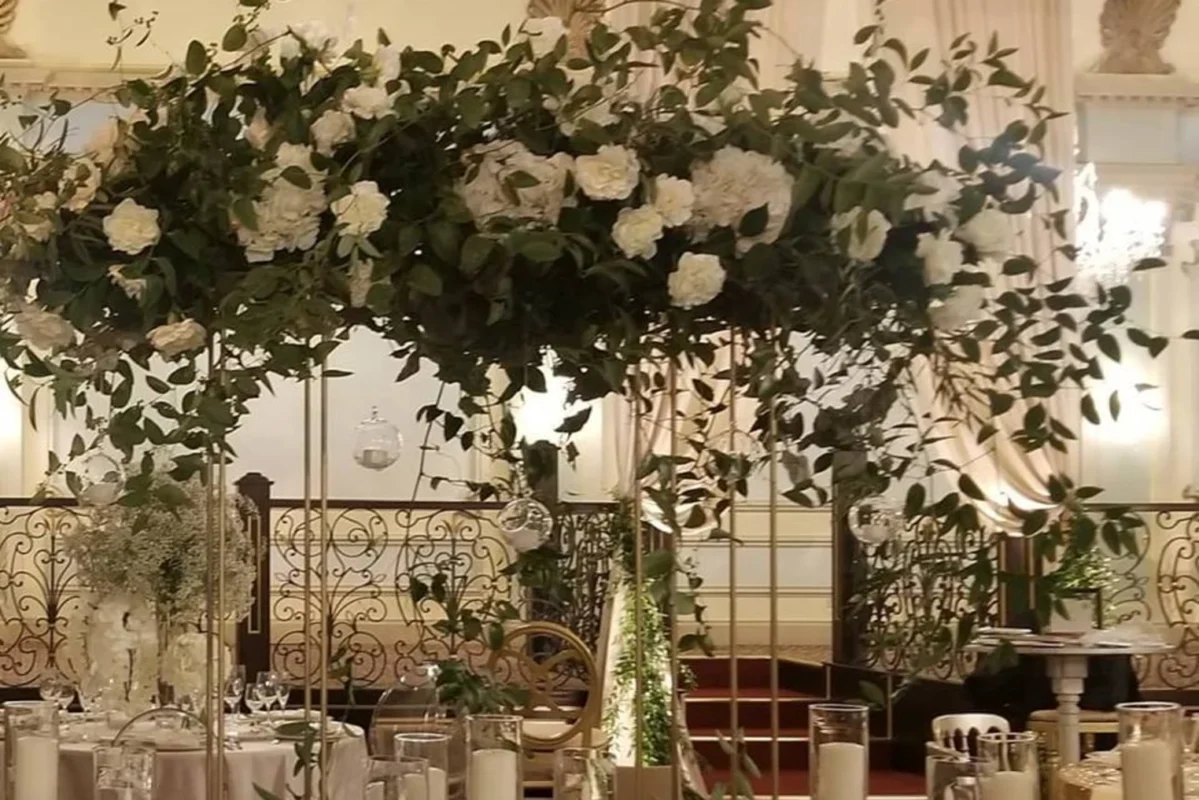
Issues for Companies in Catering:
Although they are first more costly, fake flowers are re-usable and save money over time.
Fake flowers can nonetheless look quite genuine, particularly if selected to replicate seasonal blossoms with great accuracy.
To reduce the long-term effects, search for imitation flowers created from sustainable materials as biodegradable plastic or organic cotton.
Source: Culinary Eco-Design Trends, 2021
- Final Thought: Juggling Aesthetic Purposes with Sustainability
Catering companies have to weigh their whole environmental objectives against real and phony fall flowers. Fake flowers have problems with plastic waste even if they have the benefit of longevity and low resource use. Conversely, real flowers add to major environmental expenses in terms of trash creation, water usage, and transportation emissions.
Whether one chooses local, organic flowers that are ethically obtained or synthetic flowers for several events, ultimately the most sustainable option may be lowering floral waste by reusability. By means of careful planning, catering companies may design exquisite, environmentally responsible flower arrangements in line with their sustainability principles, therefore satisfying customers with breathtaking event décor even while they reflect their values.
